
Would veterinarians recommend using dental cleaning sticks for pet dogs
If you’ve ever stood in the pet store, staring at a wall of dental chews while wondering if they’re worth the money, you’re not alone.
Walk down any pet store aisle, and you’ll see shelves lined with dental chews—colorful, bone-shaped treats promising to clean teeth and freshen breath. As a new dog owner, you might wonder: are these safe? The short answer is yes, but with caveats. Dental chews can be a useful part of your dog’s oral care routine, but choosing the right ones and using them wisely matters more than you might think.
Dental chews work by scraping plaque off teeth as your dog chews, thanks to their texture—think of them like a toothbrush they’re excited to use. Many also contain enzymes that break down bacteria, helping fight tartar buildup. For dogs who hate traditional brushing (and let’s be honest, that’s most of them), these chews are a game-changer. A 5-year-old Lab mix named Rocky, for example, used to snap at his owner’s hand during brush time but happily gnaws on his daily dental chew, resulting in healthier gums and less stinky breath. But not all chews are created equal—harder ones can chip teeth, while too-soft options might not clean effectively.
Start by picking the right size and type. Choose a chew that’s slightly larger than your dog’s mouth to prevent choking—if it fits entirely in their throat, it’s too small. Look for the VOHC (Veterinary Oral Health Council) seal, which means the product has been proven to reduce plaque or tartar. Avoid chews with added sugars or artificial colors, which defeat the purpose of “healthy” treats. Give them once a day, ideally after a meal, and supervise your dog while they chew—especially aggressive chewers like Pit Bulls or German Shepherds, who might break off large chunks. If pieces get swallowed whole, they could cause an upset stomach or blockage.
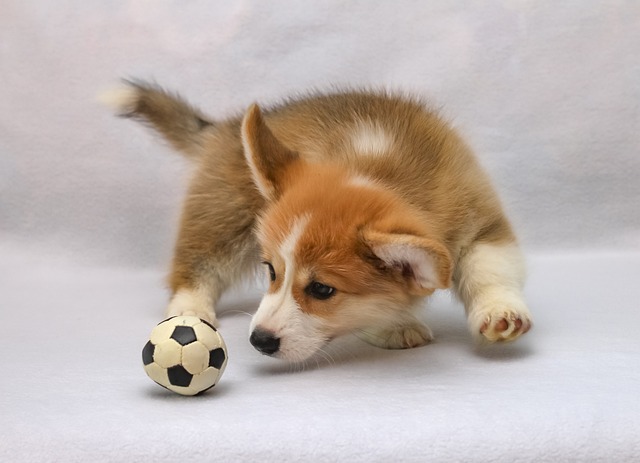
In the US, using dental chews ties into broader pet care responsibilities. Even with regular chews, keep your dog’s rabies vaccine up to date—all states require it, and good oral health supports a strong immune system. When taking them out after a chew, remember to bring poop bags. Chews can affect digestion, and leaving waste in public is illegal in most cities (fines up to $300 in places like Boston). It’s part of being a responsible owner, right alongside caring for their teeth.
Never scold your dog if they lose interest in a chew or try to hide it. Some days, they might not feel like gnawing, and that’s okay. Forcing them to chew could create anxiety around treats, which goes against the positive reinforcement most American pet owners value. Instead, praise them when they enjoy their chew, turning it into a happy ritual. If they consistently ignore it, try a different flavor or texture—dogs have preferences too.
Apartment living means a few extra considerations. Store chews in a sealed container to avoid attracting pests or curious noses. If your dog is a noisy chewer, give them the treat during daytime hours to avoid disturbing neighbors. When visiting community dog parks, leave chews at home—they can spark resource guarding between dogs, and it’s better to keep shared spaces peaceful.
Dental chews are a safe, effective tool when used correctly. They’re not a replacement for vet cleanings or occasional brushing, but they make oral care easier and more enjoyable for both you and your pup. With the right choices, those chews can help keep their smile bright and their tail wagging.

If you’ve ever stood in the pet store, staring at a wall of dental chews while wondering if they’re worth the money, you’re not alone.
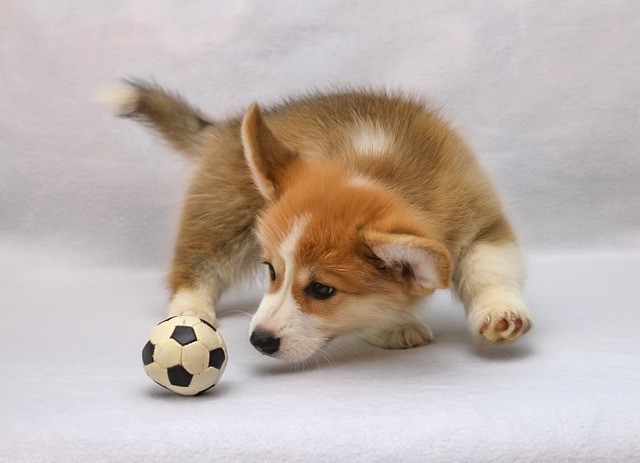
Walk down any pet store aisle, and you’ll see shelves lined with dental chews—colorful, bone-shaped treats promising to clean teeth and freshen breath.
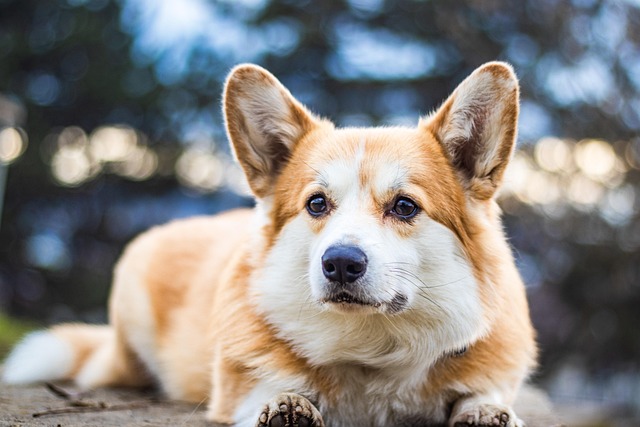
If you’ve ever struggled to brush your dog’s teeth—dodging wiggly heads, slobbery paws, or the occasional playful bite—you’ve probably wondered about easier alternatives.
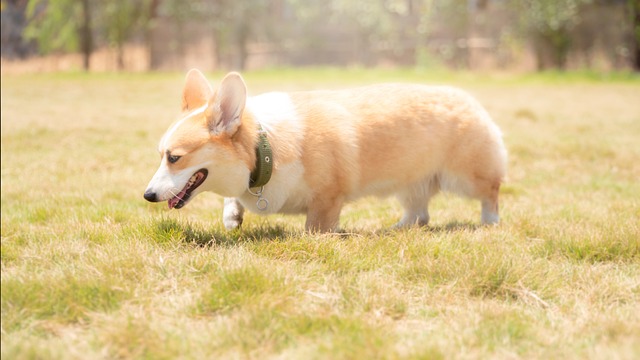
Finding your dog lethargic, with dry gums and sunken eyes, is enough to make any new pet owner panic. Dehydration creeps up fast
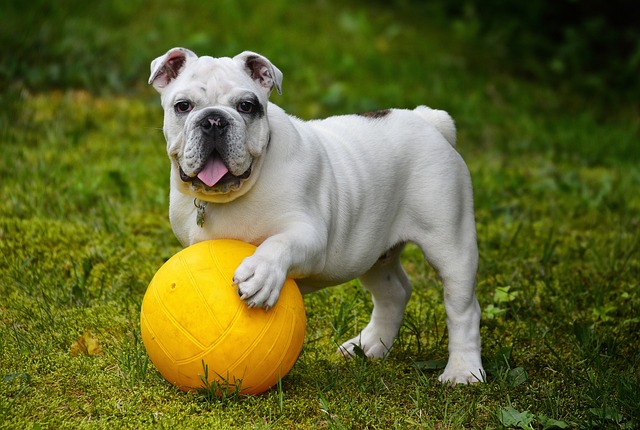
Watching your golden retriever scratch his ears raw after meals or sprint to the backyard with digestive urgency turns dinnertime into a nightmare.
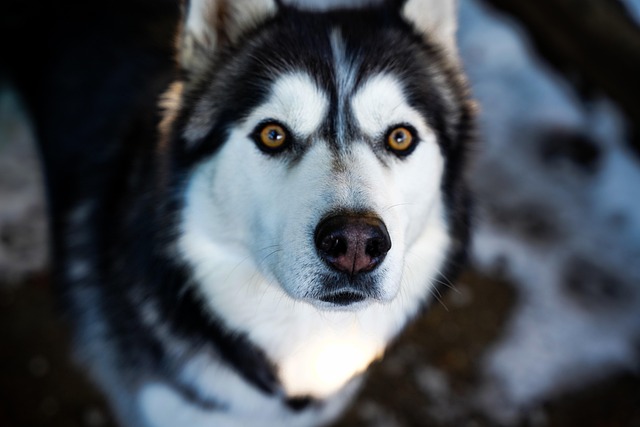
There’s something undeniably captivating about a husky’s gaze, and when those eyes are a rich shade of brown, it’s like stumbling upon a hidden gem.